01 Jul Ailsa Craigs, mulch color and buckwheat
This week in the share and on the market stands we have the first of our fresh summer sweet onions. The variety we are harvesting now is called Ailsa Craig. We love this onion! Our market sign description reads “So sweet you can eat it like an apple.” Though you may not wish to enjoy it that way, this is one delicious onion.
It is named after Ailsa Crag, a small round island off the coast of Scotland that is solid rock. It was introduced in 1887 by David Murray, head gardener for the Marquis of Ailsa, at Culzean Castle, Maybole in 1887. Ailsa Craig is globe-shaped and solid. It is best for fresh use, not extended storage so that’s how we’ll harvest it for you.
As you are observing the farm and our photos, you may notice that we use a number of different color plastic mulches in our fields. In addition to its main duty of weed suppression and moisture retention, we also factor in what color choice will result in highest yields. The color of the mulch changes the intensity of certain wave lengths of light and in turn has an impact on plant growth. Our choices are based on research conducted by Penn State University, as well as similar findings by Cornell and Clemson. Studies at PSU over the past 10 years on the affect of mulch color on various vegetable crops has yielded some interesting results.
Tomatoes and eggplant yields have been as much as 12% higher with red plastic mulch than with black. Red mulch reflects intensified red light to the developing plants which increases their photosynthetic capacity. Peppers appear to respond more to silver mulch compared to black with an average 20% increase in marketable fruit yield and fruit size over a 3 year period.
In our eggplants in particular, in addition to choosing red mulch, we also quickly covered the young transplants with row cover. This effectively kept off the colorado potato beetle and more importantly the eggplant flea beetle. Partnered with diligent cultivation, as well as timely staking and trellising, this resulted in the plants looking better than they ever have.
Last week we were excited to sow a few different cover crops in fields where the spring crops are finished. Buckwheat is a rapidly growing summer annual with a short growing season, flowering in as little as 4-6 weeks. This “smother crop” suppresses both weeds and disease, frees up phosphorous and calcium, and is best preceding fall sown crops. As an added bonus, buckwheat is a favorite flower for honey bees, and results in a distinctive dark buckwheat honey.
This heat is no joke- I’m sure you all are feeling it as you pick your green beans and flowers! It’s hot out here on the farm, but our large motley crew keeps it going day after day, working through all sorts of weather. It is a major team effort! What an awesome group- they cover crops to prevent bug damage, order beneficial bugs, problem solve, and delegate, cultivate, irrigate, seed in hot greenhouses, trellis, harvest, wash and pack, organize, repair, sweep and clean, answer emails, greet CSA members, sell at markets, disc fields and make beds, mow grass, cook meals, bake treats, and have a good time (most days) doing it! A big shout out to every one who makes BGF grow!!
Post and photos by Tricia Borneman, Blooming Glen farmer and co-owner. Other photos by Tom Murtha.





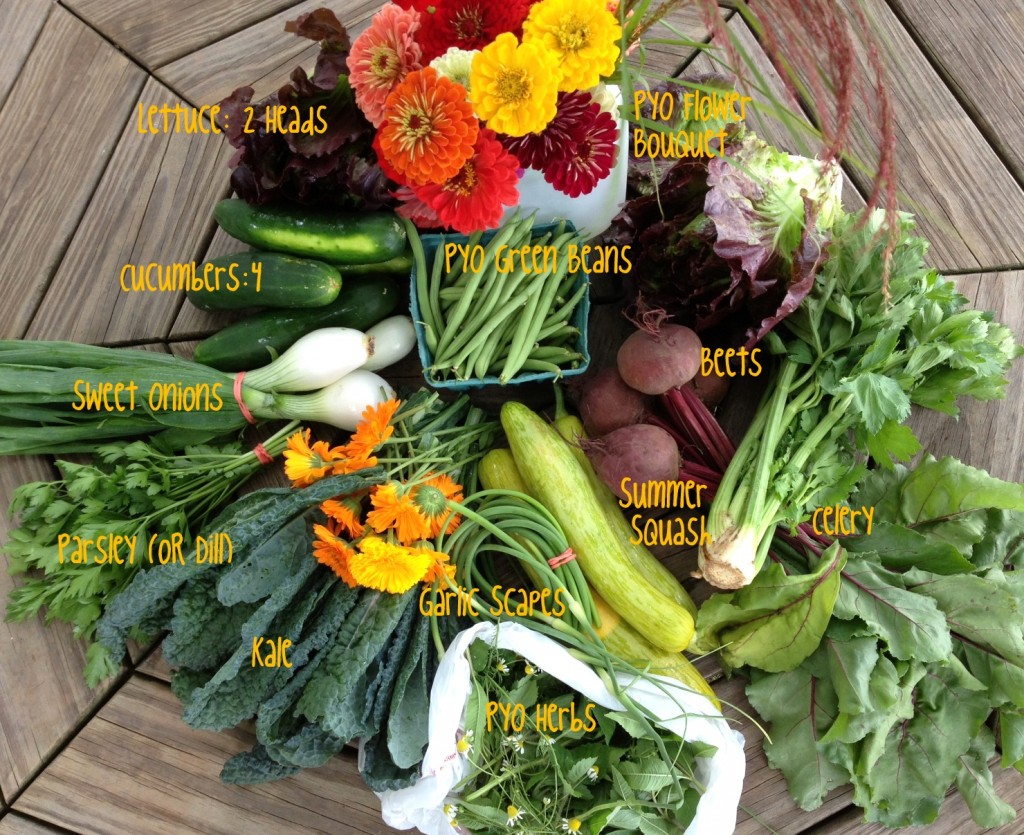
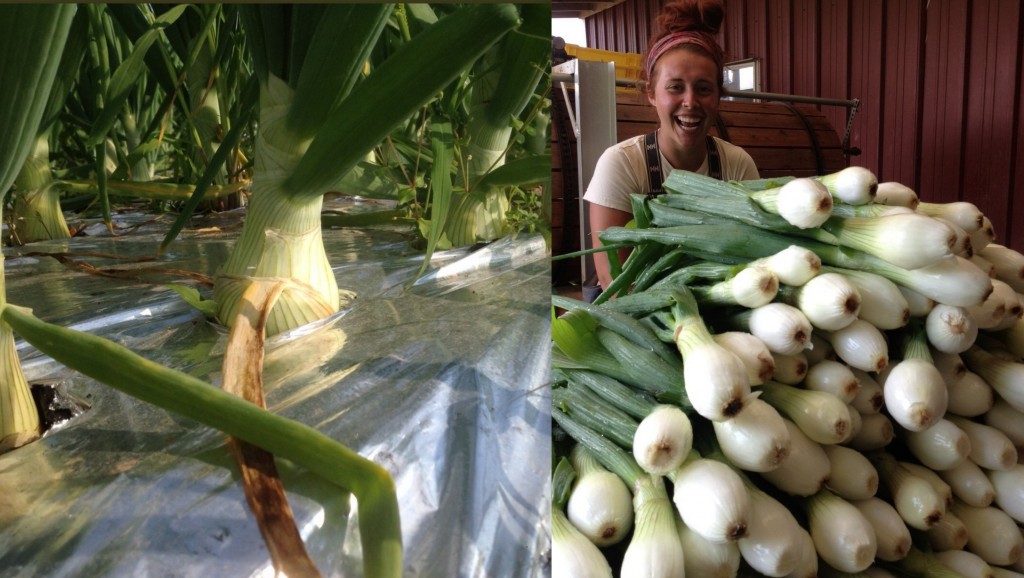
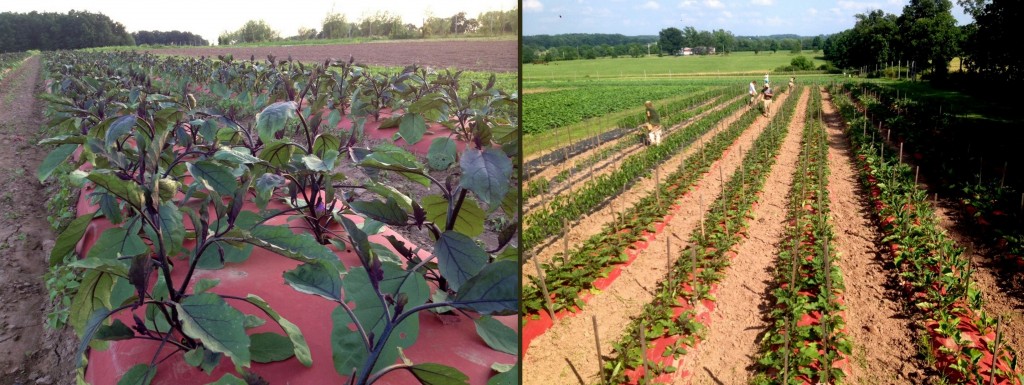
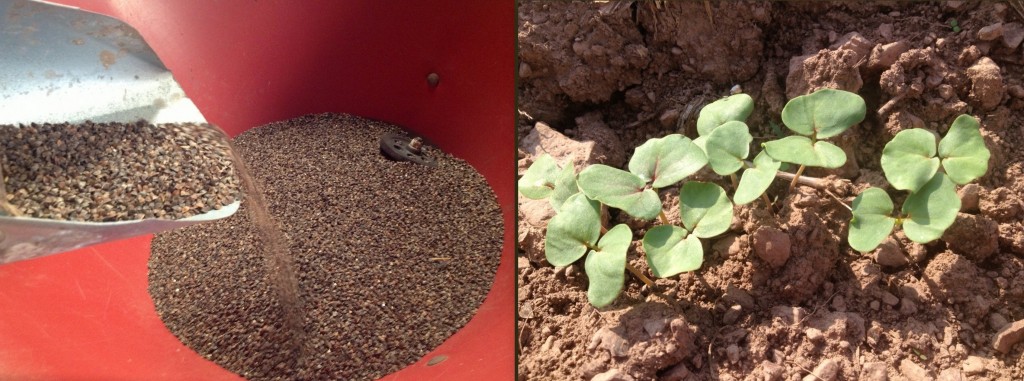
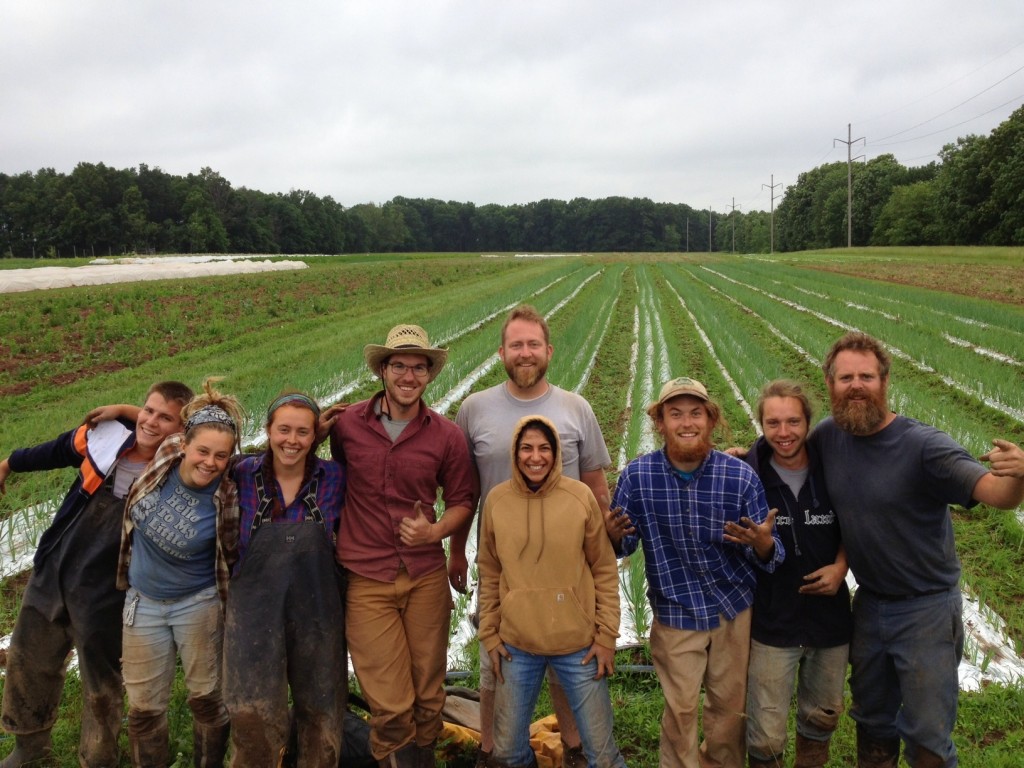
Sorry, the comment form is closed at this time.